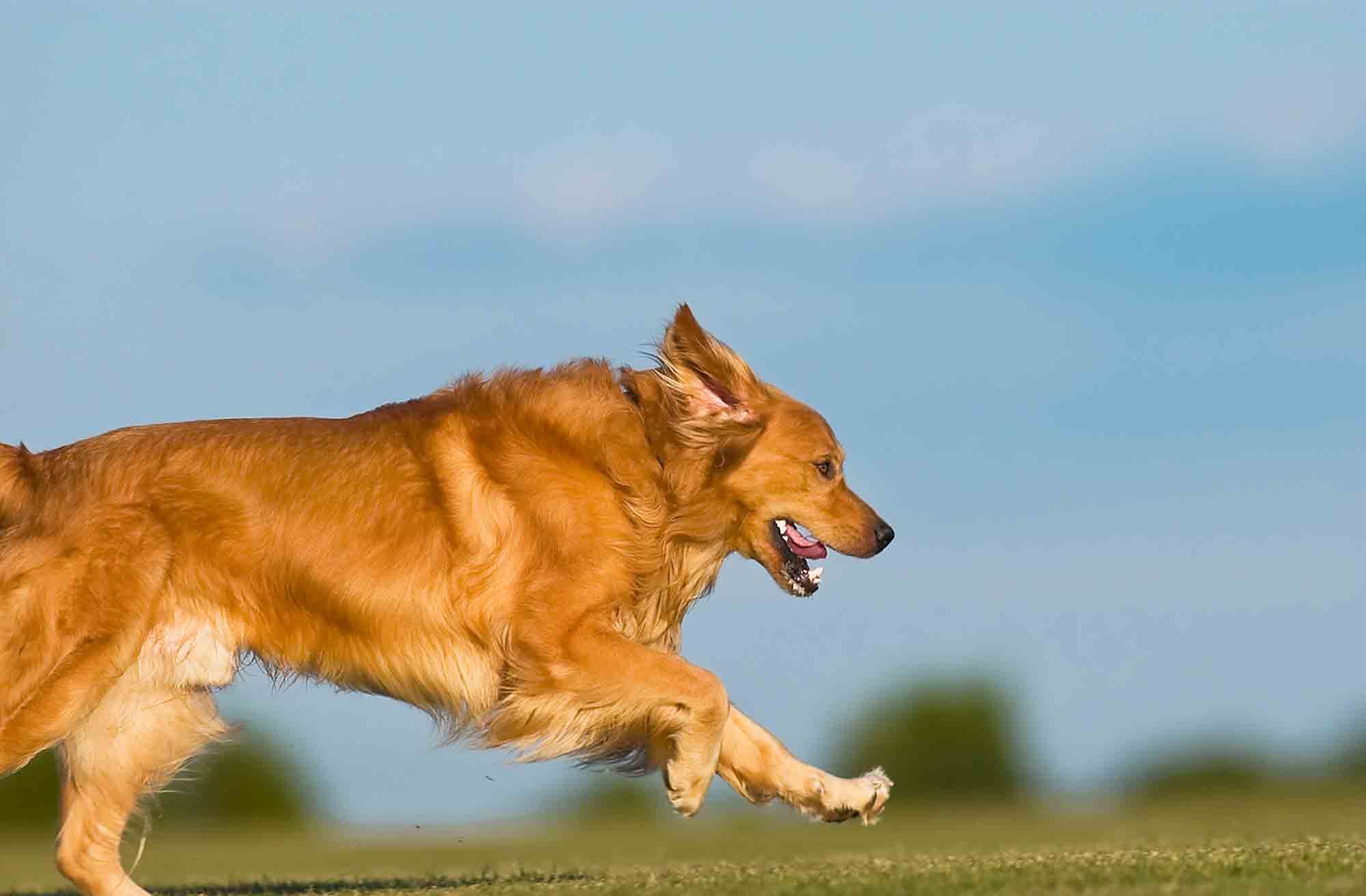When Good Knees Go Bad: All About Pet Cruciate Ligament Surgery
 There isn’t a football fan out there who hasn’t heard of an ACL injury. This common injury in the knee involves the anterior cruciate ligament and can have a player on the sidelines for months. What you might not know, though, is that animals can rupture their cruciate ligament as well. When this happens, thankfully, Oakland Veterinary Referral Services is here to help talk about pet cruciate ligament surgery.
There isn’t a football fan out there who hasn’t heard of an ACL injury. This common injury in the knee involves the anterior cruciate ligament and can have a player on the sidelines for months. What you might not know, though, is that animals can rupture their cruciate ligament as well. When this happens, thankfully, Oakland Veterinary Referral Services is here to help talk about pet cruciate ligament surgery.
Knee Injury Explained
The ACL in dogs and cats is actually called the CCL. It is essentially the same structure, but the anatomical terminology is a bit different, since humans walk on two legs and animals on four.
The cruciate ligament serves as one of the main structures stabilizing the knee. Humans tend to rupture the ligament acutely, due to some kind of trauma; animals often have more chronic injuries to the cruciate ligament.
Pets with a diseased CCL will often show intermittent signs of lameness, difficulty rising, and muscle loss until the ligament eventually ruptures. This results in a dramatic and seemingly acute lameness.
An orthopedic exam and radiographs (x-rays) may help support a diagnosis of a CCL injury, but neither of these things allow us to see inside the joint. Visualization of the knee via arthroscopy can help us to identify partial tears and other soft tissue problems, such as meniscus tears, which often go hand-in-hand with CCL disease.
Pet Cruciate Ligament Surgery
A cruciate ligament injury can be very painful. Much of a patient’s discomfort is due to the instability of the injured joint and resulting inflammation. In many patients the best way to relieve this and return them to function is surgery.
There are several options when it comes to pet cruciate ligament surgery. As with many things, there is no one-size-fits-all approach to treating these. Our surgeons at Oakland Veterinary Referral Services evaluate each pet on an individual basis and may recommend:
Arthroscopy – Arthroscopy utilizes a camera within the joint and allows us to successfully treat partial CCL tears and meniscal tears without a full surgical incision. When we can fix something with this method, it is the preferred choice due to decreased trauma for the patient, faster healing, and better outcomes.
Extracapsular repair – For some pets, the joint may be stabilized using a heavy suture outside to mimic the function of the cruciate ligament.
Tibial plateau leveling osteotomy – A TPLO is one of the more commonly recommended approaches to helping pets with cruciate disease. In this surgery, the tibia is actually cut and plated in place at a new angle calculated to help the knee stabilize. Arthroscopy may be used prior to a TPLO to assess if there are other issues within the joint.
Rehabilitation therapy – Rehabilitation therapy is helpful in maximizing function after any knee surgery, but may also play a role for pets who are not surgical candidates. It can be a helpful means to increase comfort and function in many patients.
Pet cruciate ligament surgery is one of the more common surgeries we do here, and our pet patients can have exceptional results. Please let us know if you have questions about how we can help your pet. It is our pleasure to bring only the highest quality care to you and your four-legged friend.


